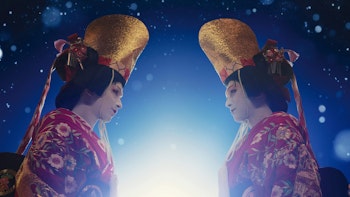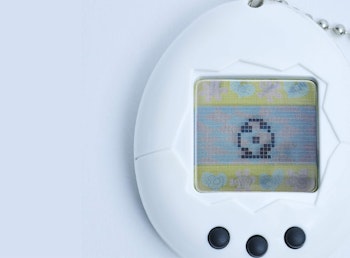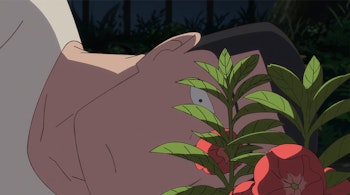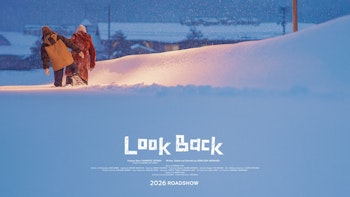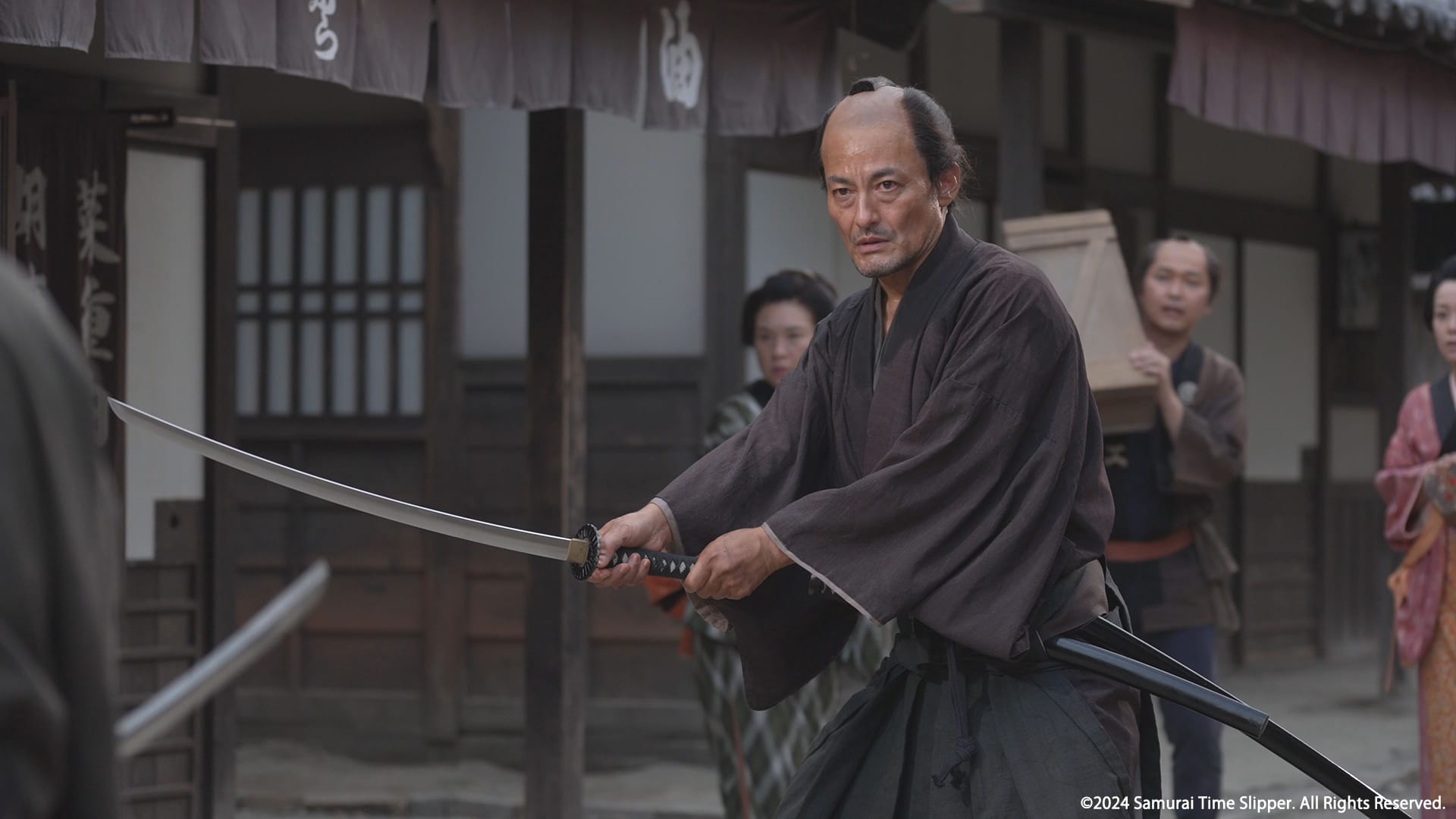
At last month’s Japan Academy Film Prize, the country’s equivalent to the prestigious Oscars, the underdog won. In an industry still primarily dominated by the major studios like TOHO and Toei for both box office and awards glory, especially for top prizes like best film, it’s rare to see such plaudits directed the way of indie creators. And yet, this year it happened, though the awards glory of A Samurai in Time perhaps shouldn’t be as surprising as it first appears.
Recent years have seen a number of low-budget indie hits break beyond the hushed whispers of cinephiles into the broader consciousness fueled by strong word-of-mouth, a desire for something new, and the internet. This was what propelled One Cut of the Dead into a box office smash, and the parallels between this film and that beloved 2017 smash don’t end there. Produced on a similarly-middling budget of 26 million yen and initially released in just a single theater - Ikebukuro’s Cinema Rosa, the same theater that was also one of the first to give the aforementioned zombie flick a chance upon initial release - the film would go on to sell out for weeks, expand nationwide under the guidance of GAGA, and even rank in the top 10 two months following its initial release as it would go on to rake in over 1 billion yen at the box office.
The film was beloved in spite of feeling initially out-of-step with modern theatrical trends. Jidaigeki cinema depicting samurai has declined in popularity over recent years, unable to attract a younger generation. Though not a strict jidaigeki film, it is a comedy and commentary on the state of the genre. Opening in 19th-century Japan on the cusp of the Meiji Restoration, three samurai are locked in battle on two side of a conflict for the future of a nation they both love. After being struck by lightning one of these samurai, played by Makiya Yamaguchi, a previously-bit part actor in their first lead role, finds themselves thrown into the modern day onto the set of a jidaigeki film, forced to adapt to 21st-century life.
Part of this adjustment involves working as a kirare-yaku, the name for jidaigeki actors who specialize in being killed during swordfights. With the help of the film’s real assistant director Yuno Sakura playing their in-movie equivalent who also serves as a love interest and the person who agrees to provide a roof over our samurai’s head, the movie attempts to explore what and how we remember our past.
Between its explosive popularity, the focus on the craft of filmmaking and a love for a genre that brought much success during through the golden years of the Japanese film industry and which many older executives still hold fondly, it certainly panders to the crowd. This is a love letter to jidaigeki, a tribute attempting to understand if these stories still hold a place today. If you wanted to take this further, it reflects the industry’s own struggles: the film industry is trying to understand its own place in a post-COVID world. While Japanese film has had a stronger recovery, the overall box-office remains below pre-2020 levels and is ever-more reliant on domestic releases as audiences turn their back on global cinema. Forget samurai, what place does the sanctity of the cinema screen even hold today?
It should be noted that Toei aided the film’s production by giving it reduced-price access to their renowned jidaigeki studio sets and costumes in Kyoto, a recreation of an Edo-style town often seen as the spiritual home of the genre, based on the strength of its screenplay. A Samurai In Time had unintentionally became a torchbearer for the industry on tiny shoulders.
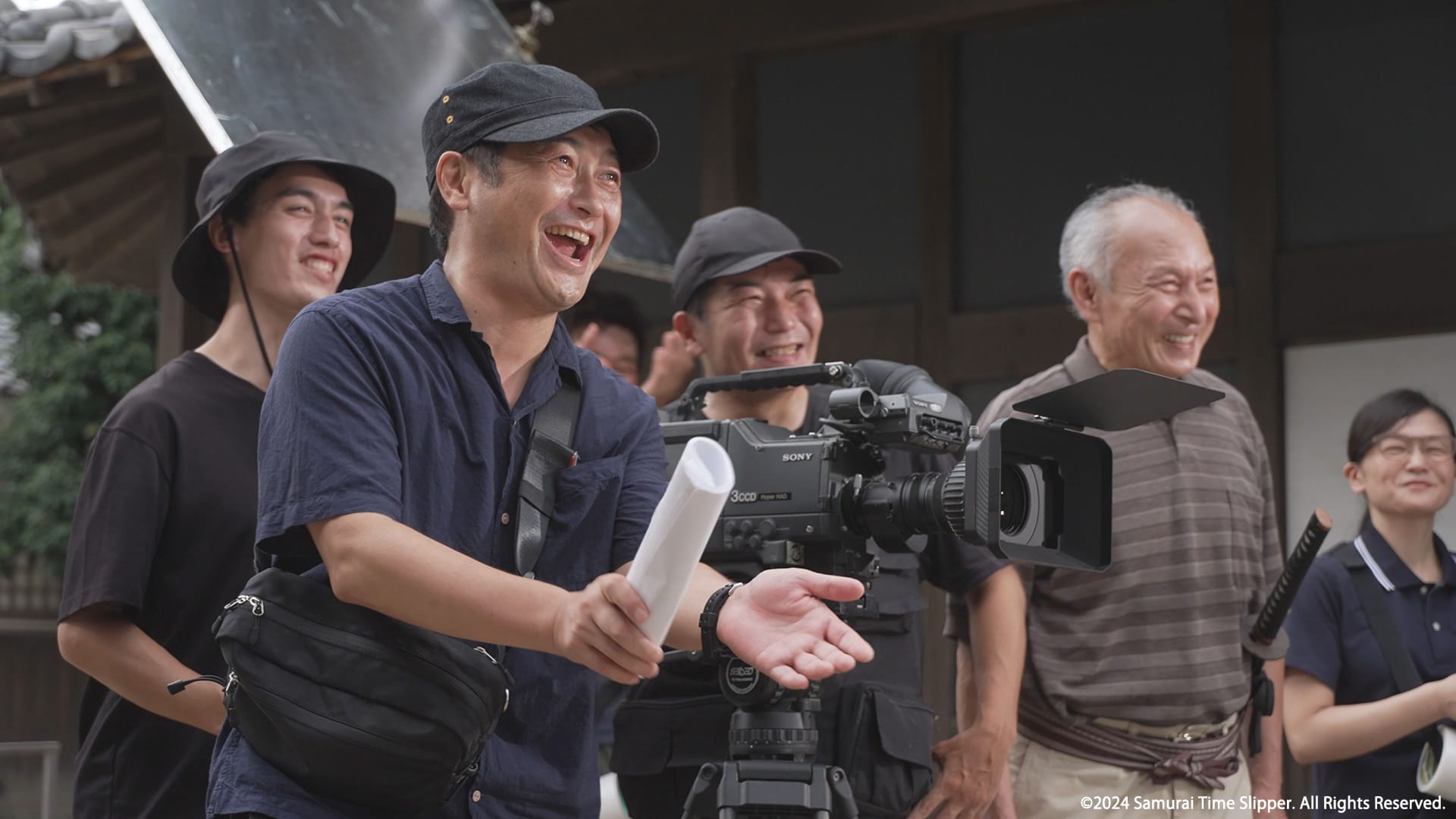
The film’s success shows the desire for new stories and cinematic storytelling remains, even in so-called outdated genres. Samurai Time Slipper is a crowd pleaser, but it also appeals directly to the many questions film executives in Japan are asking themselves. To celebrate that success and the hope it brings for the broader industry and the idea that a healthier, broader scene where even indies can find widespread success, it was an obvious winner. Yamaguchi is a deserved best actor winner, also, for the complexity with which he navigates balancing his 19th century duties with the question of where that fits in a modern landscape.
While a welcome success story, this story is more interesting than the one present in the film.
A Samurai in Time is a tale of two films, beginning as a comedy before becoming more serious. For its stronger opening half, it’s a well-meaning comedy introducing the work and care of even the overlooked actors of the genre juxtaposed with typical-if-entertaining jokes on the idea of a samurai adjusting to modern life.
While perhaps not the most original jokes in the world, I got a laugh from seeing them attempt to understand the workings of a TV. It plays reminiscent to other time-traveling adventures like Thermae Romae, with the necessary charm to sell this outlandish scenario. Most notably, it balances these jokes with time spend showcasing the craft and dedication necessary to bring these films to life, even if I can’t help but wish they explored the aspects of making these stories beyond swordfighting.
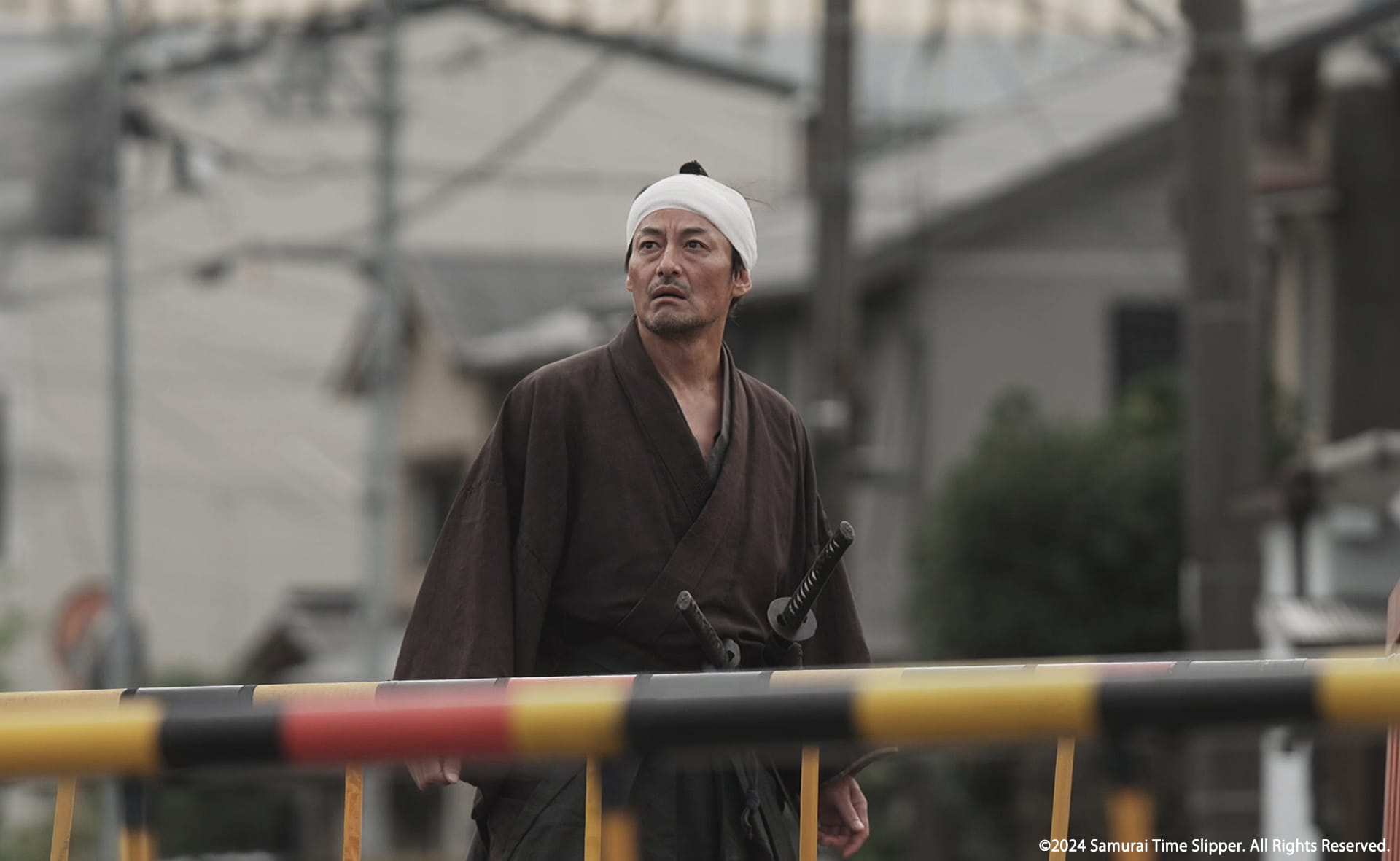
It’s when the film loses this comedic edge for a more existential tale about samurai honor amidst the production of a new theatrical jidaigeki film that cracks begin to form. This film’s simplistic view of jidaigeki and samurai honor fail to probe the decline of the genre and why people are failing to connect with it today. The parallels between the final vestiges of the samurai in the Meiji Restoration and the modern jidaigeki are noted, but A Samurai in Time puts forward an uncritical nostalgia that reveres samurai honor and celebrates the old ways as best, without even posing the question of an alternative. The old ways are best.
In reality, recents films in the genre that resonated beyond core audiences have been critical of the image of the samurai. Films like Takeshi Kitano’s Kubi are no doubt jidaigeki films with respect for the craft, but understand that the samurai were more power-hungry than dutiful in managing their responsibilities with power. By doing so, it attempts to understand our modern world by honestly challenging the myths and seeing what truth can be constructed from it. Yet this film simply repeats them. Beyond the ways this uncritical reputation of honor is often weaponized politically, there’s no lasting impact without a willingness to learn and evolve, and A Samurai in Time trips up in its final moments because it’s tribute to the genre fails to consider whether these warriors were anything less than perfect.
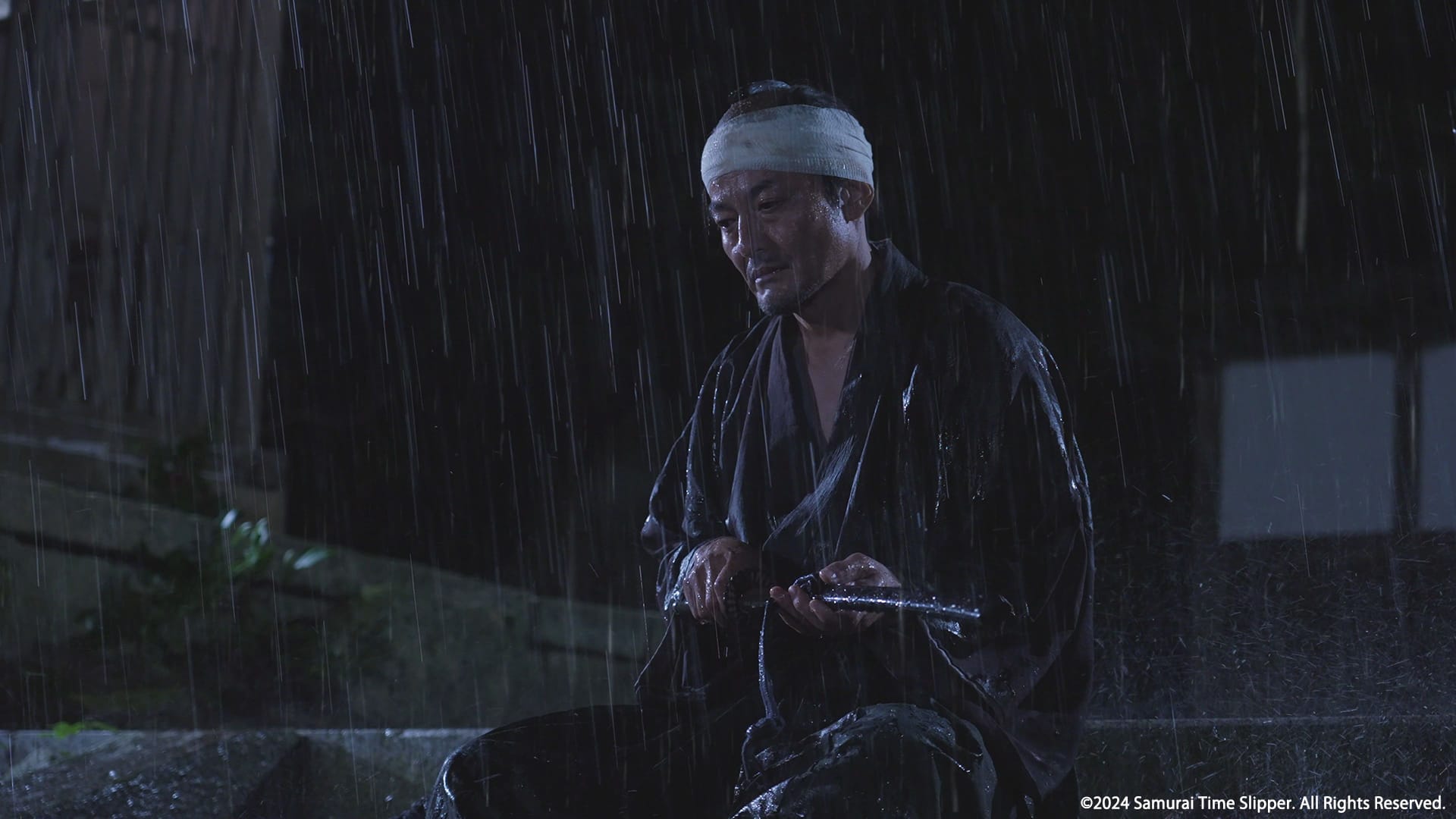
For all my personal criticisms of the film, what this victory represents in propelling indie production to deserving equals to the biggest and brashest films in the industry is undeniably a great thing. It shines a light on the Japanese indie scene at a time when its depth and variety are stronger than any era since the 1990s, when directors such as Naomi Kawase, Takeshi Kitano and Kore-Eda Hirokazu entered the global consciousness, and that can only be a good thing.
It’s a notice to other indie movie producers that any production, no matter how small, can become a nationwide success story if it can appeal to a broad audience. One Cut of the Dead was no fluke, and people are hungry for more.





